In 301 A.D., more than a decade before the Emperor Constantine allowed Christianity to be legal in the Roman Empire, landlocked Armenia, situated in the Caucasus, at the foot of Mount Ararat, renowned as the landing-place of Noah’s Ark, became the first Christian state in the history of the world.
In the June-July of 1999, I published one of my very first articles in Inside the Vatican, an art essay entitled “Rome and Armenia: Art for a 1,700-year Anniversary.” It concerned an exhibition in the Vatican Museums on the relations between the Churches of Armenia and Rome.
Now on until April 10 in three museums on St. Mark’s Square in Venice — the Correr Museum, the National Archeological Museum, and the Monumental Rooms of the Marciana National Library (the subject of another of my articles, “Venice: Europe’s First Publishing Capital,” published in ITV’s December 2007 issue) — is a blockbuster exhibition called Armenia: Imprints of a Civilization. It marks the 5th centenary of the first book printed in the Armenian language and is the official launch of the jubilee celebrations taking place in the Armenian capital, Yerevan, a UNESCO World Book Capital for 2012.
Why Venice? What connects Venice and Armenia? The answer is simple. The first book printed in Armenian, Ourbatagirk (Friday Book), which contains the prayer of the Patriarch Foca against natural calamities, a treatise about snake-bites, and a text on the evil eye including formulas for exorcism, was printed in Venice by a certain Hakob in 1511.
Two centuries later, in 1717 to be precise, the Venetian Senate gave San Lazzaro, a desolate island in the lagoon, to the Mekhitarist Fathers, recent exiles from the Peloponnesus in Greece, who then transformed it into the custodian of Armenian culture, which they feared would otherwise be decimated.
Promoted by the National Committee for the Celebration of the Fifth Centenary of the Armenian Press, the Ministry of Culture of the Republic of Armenia, the Foundation of Venice City Museums, the Embassy of Armenia in Rome, the Special Superintendent for Historical, Artistic and Ethno-Anthropological Heritage and for the Central Committee of the Museums of the City of Venice and the Municipalities of the Lagoon, the Armenian Mekhitarist Congregation and the Marciana National Library, Armenia. Imprints of a Civilization counts some 200 works-of-art from the major Armenian museum collections and libraries, both in Europe and Armenia. These include ancient steles engraved with the cross, brightly-colored miniatures, architectural memorials, and holy relics preserved for centuries at the Mother See of the Armenian Apostolic Church in Echmiadzin. Unique sound installations that recreate the aural landscape of medieval Armenia accompany the visitor along a fantastic path of historic Armenian heritage that begins with the dawn of Christianity.
The exhibition aims to show the long and fruitful experiences of the Armenian people with diverse communities and cultures from Europe to the Far East. It concentrates through detailed historical documentation on the Armenian presence in Venice and the country’s position within Venetian society. An important segment is devoted to shedding light on the practical realities of Armenian printing since 1512 and includes fascinating examples of printing in the dense network of Armenian colonies throughout the world, of course with emphasis on the important tradition of the Mekhitarist Fathers’ press on the island of San Lazzaro, the subject of a forthcoming “Of Shrines and Sacred Places,” and the location from mid-April until the end of August of this exhibition’s sections dedicated to printing and to Armenian-Venetian relations.
In addition to the exhibition’s four sites, its curators Gabriella Uluhogian, Boghos Levon Zekiyan, and Vartan Karapetian have organized a tour of the sights of Armenian Venice.



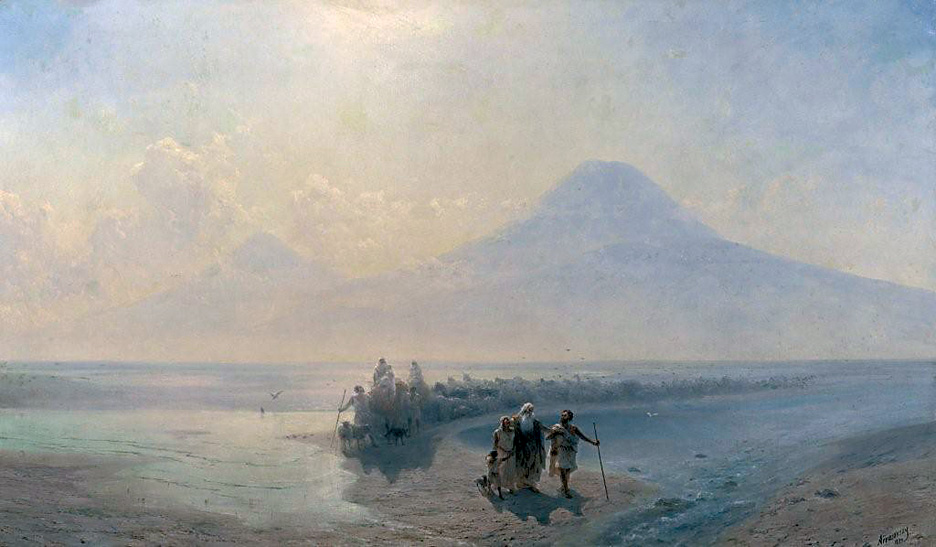
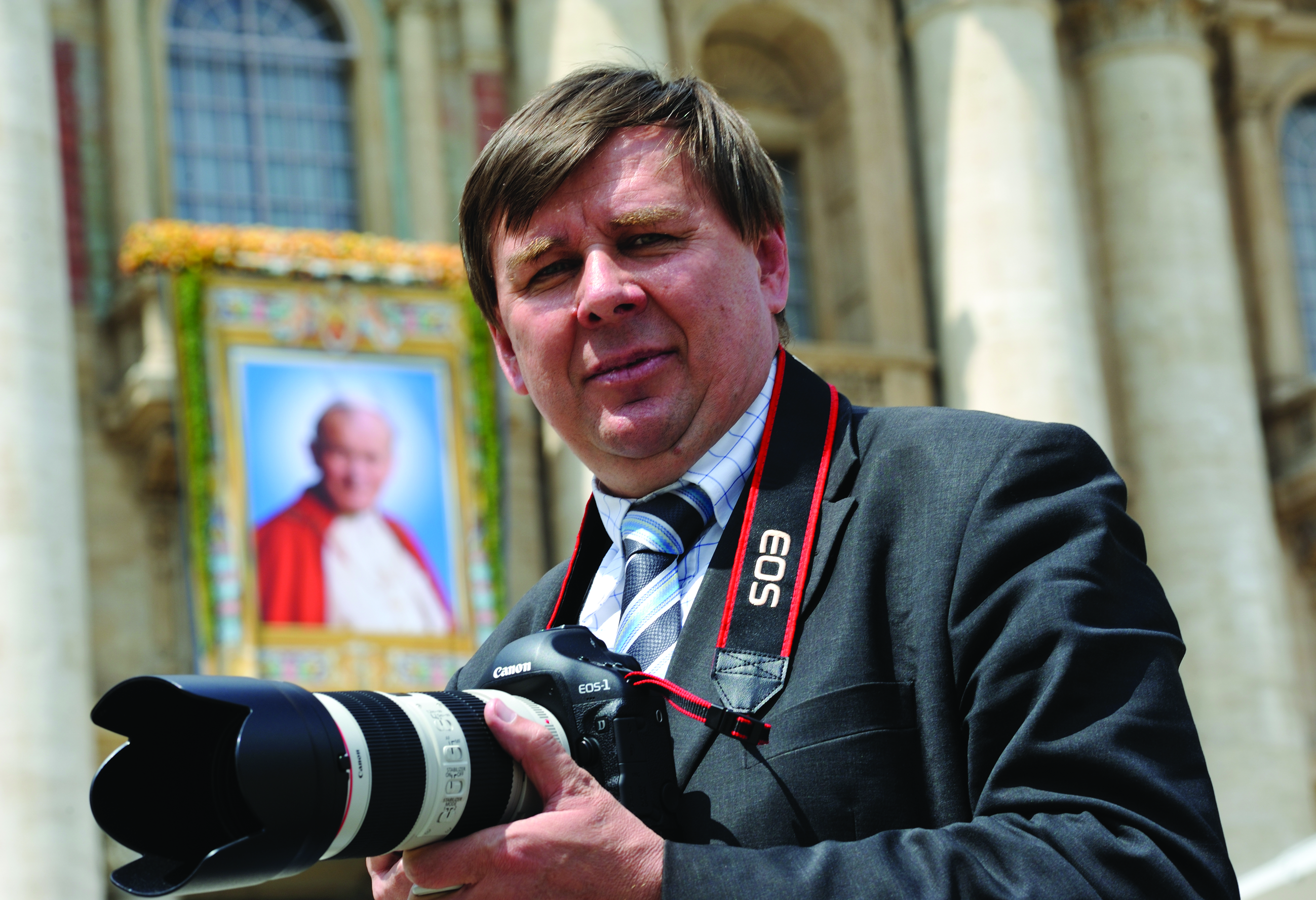
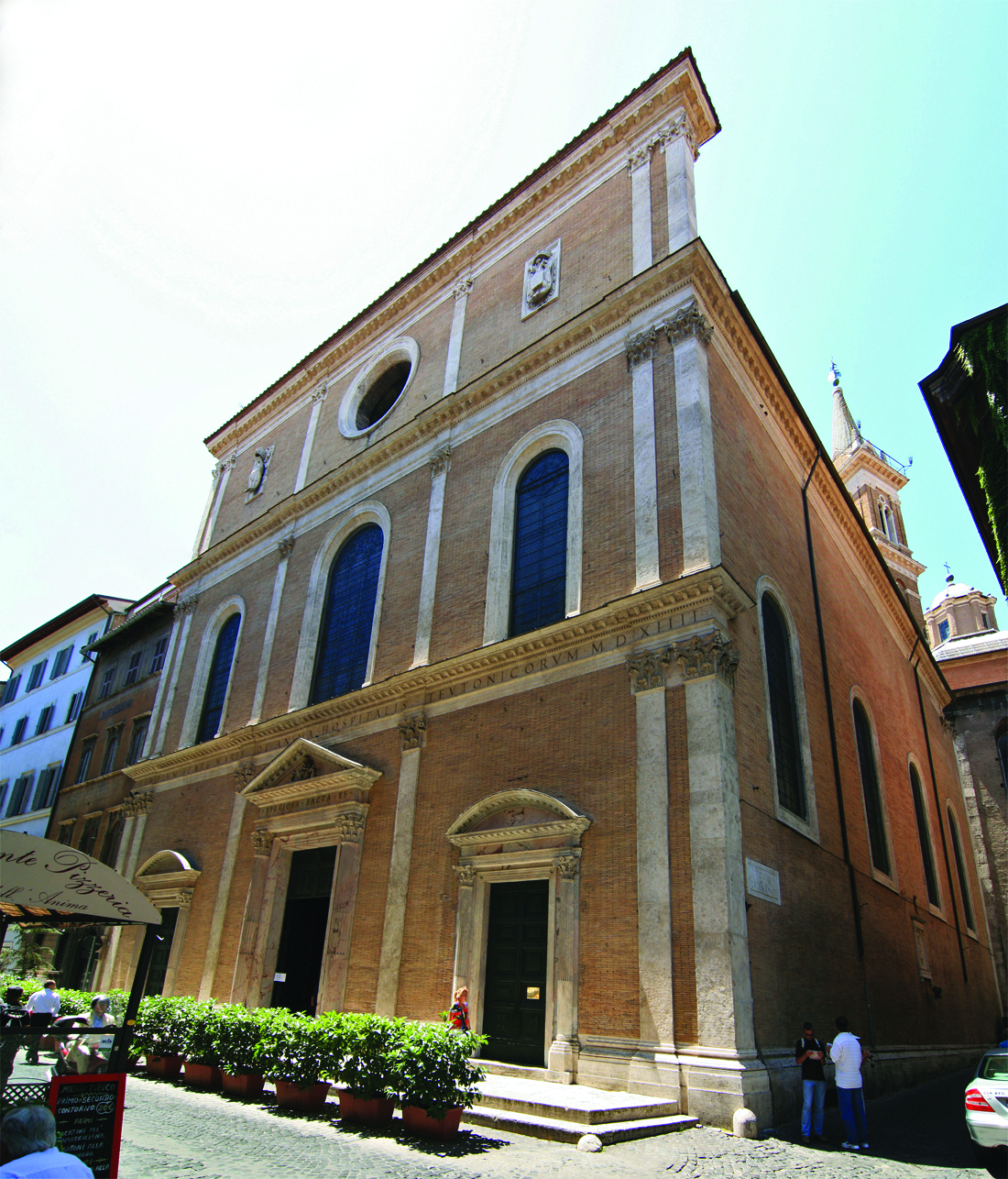
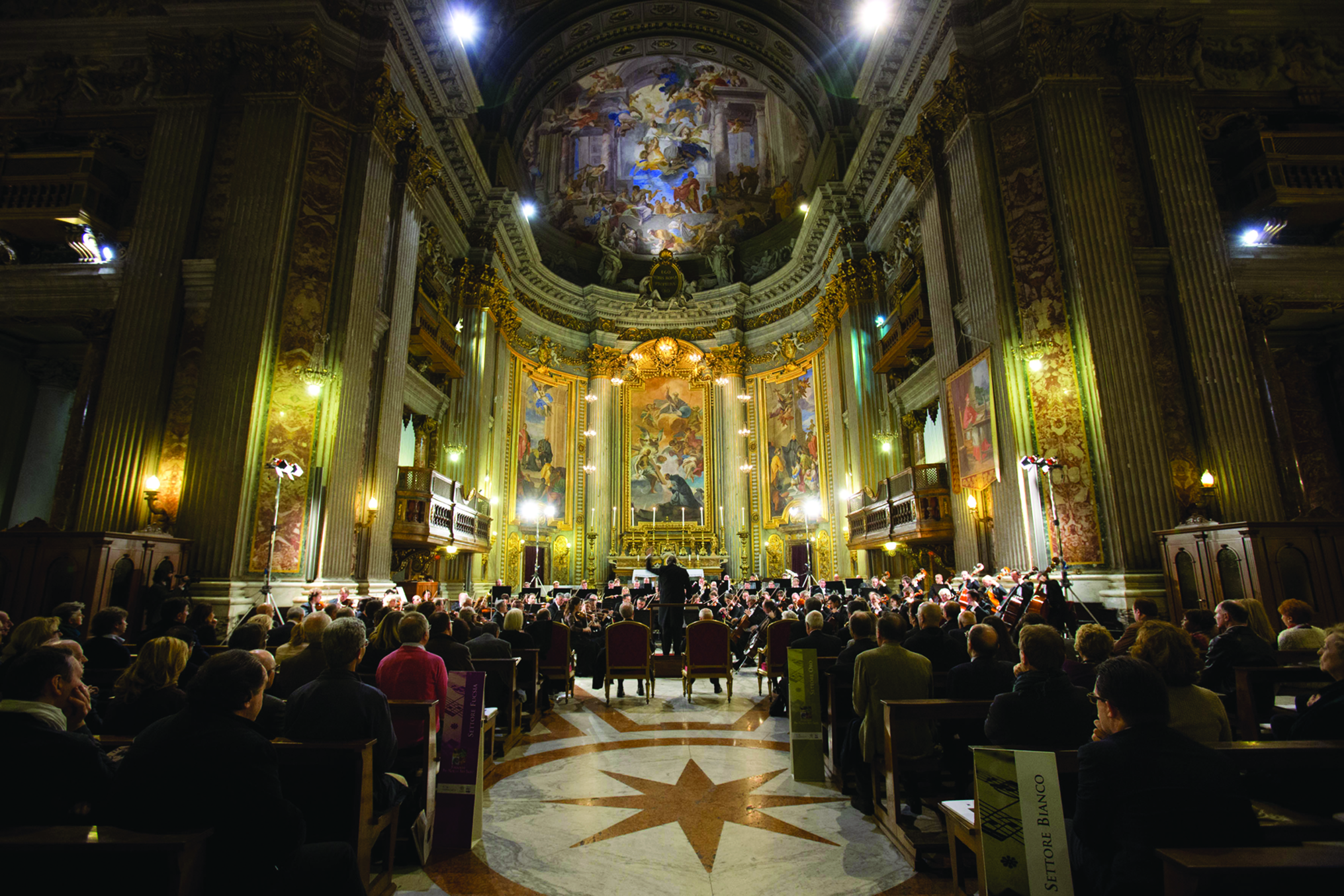
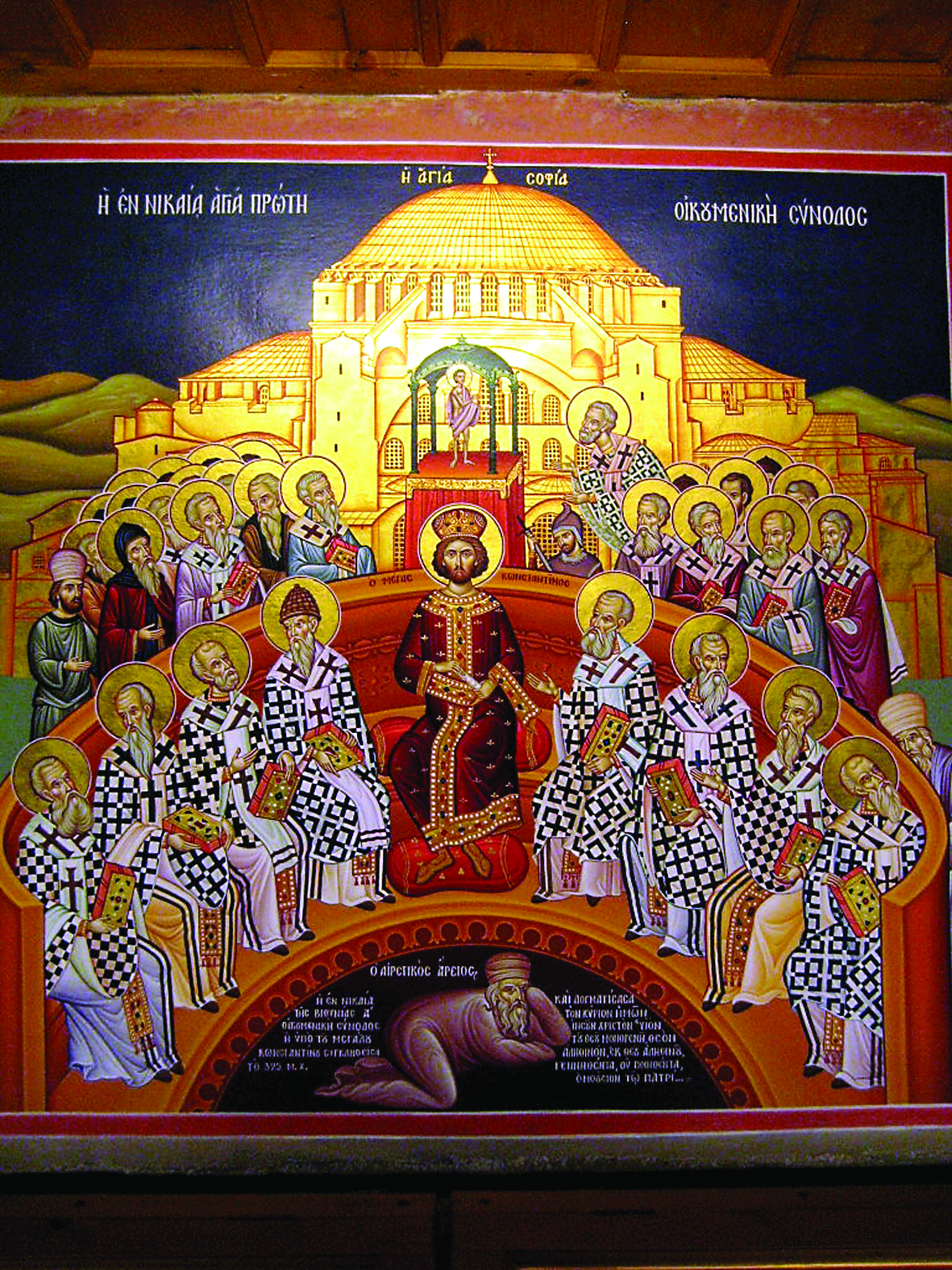
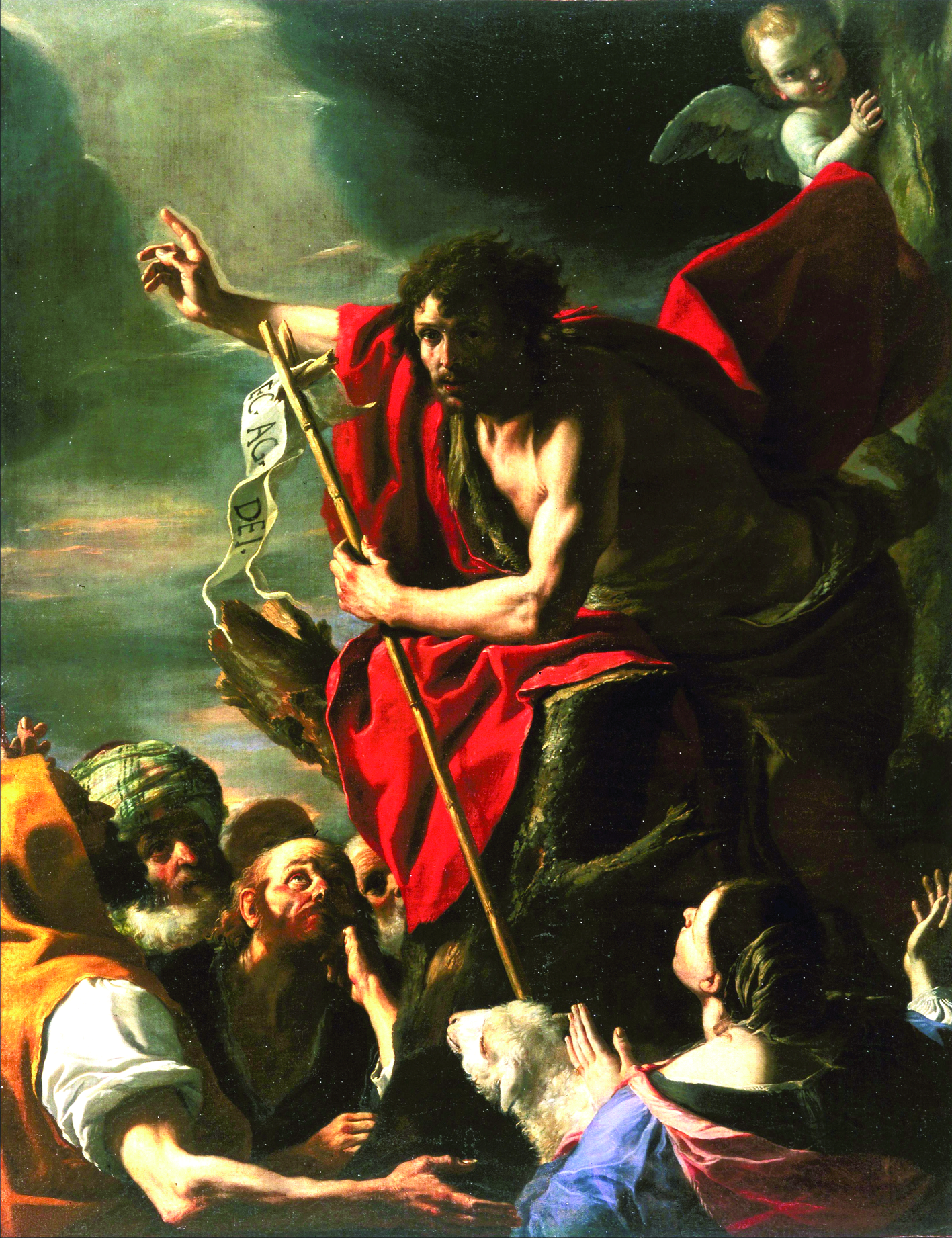
Facebook Comments